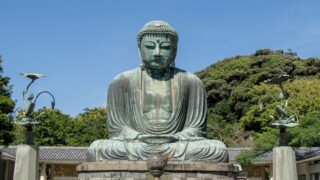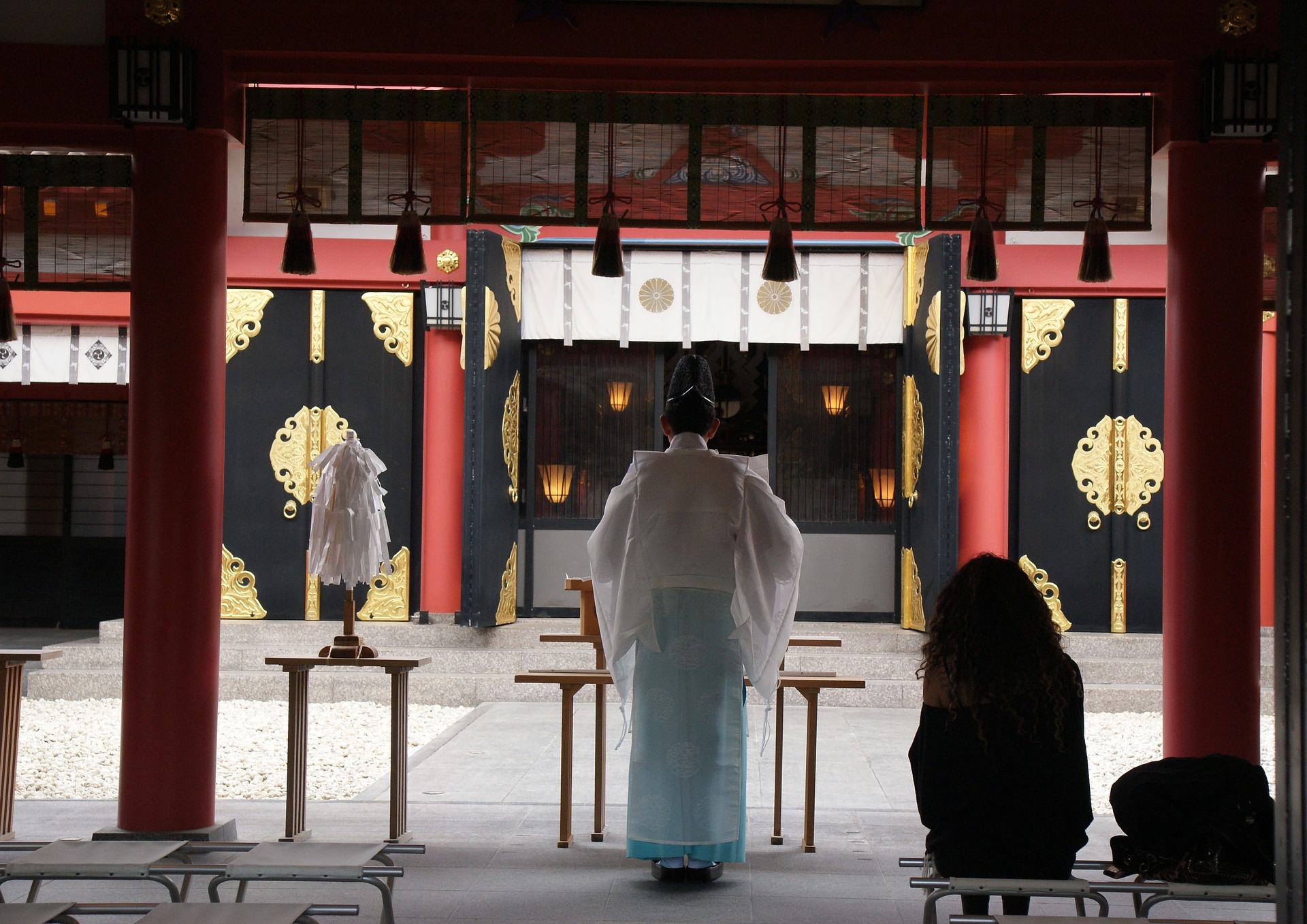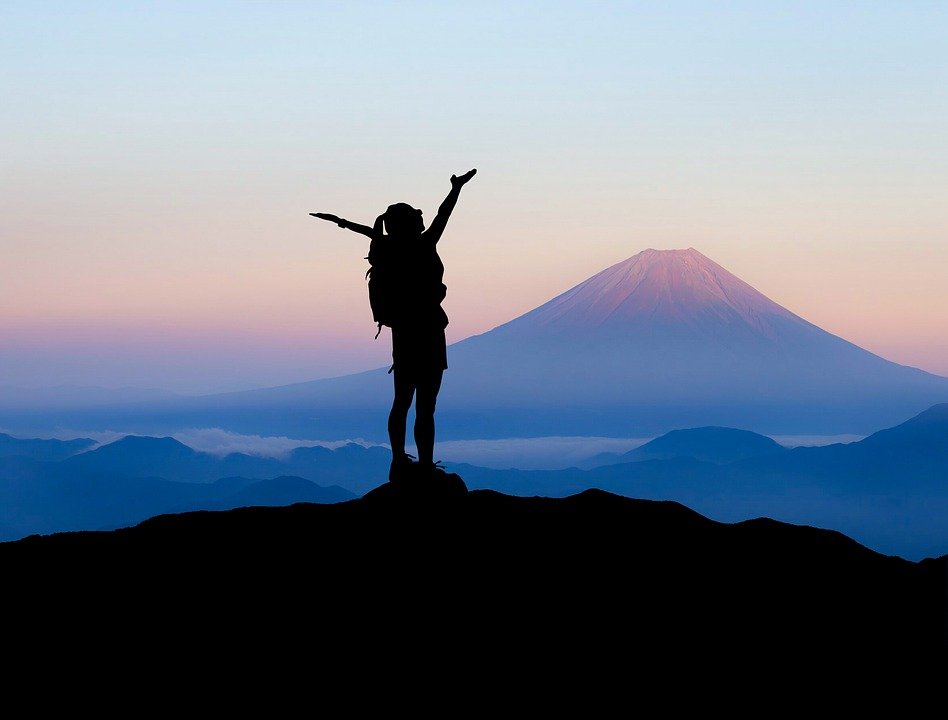Shintoism (also known as Shinto) has been widely known as a major religious belief in Japan since ancient times. Although it’s said that not so many Japanese people are religious, still Shinto is deeply rooted in daily lives. What is Shintoism? How did it originally emerge? Where to visit in Japan to learn about it? Here we answer these questions related to Shinto in Japan.
If you want to know the difference between Shintoism and Buddhism, please read An Overview of Shintoism and Buddhism in Japan ― Difference and History
What is Shinto? (Origin and brief history)
Shinto is one of the religious beliefs which is indigenous to Japan. Although the origin remains unclear, it is believed that the history of Shintoism dates back to the Jomon period (縄文時代), which is approximately from 16,500 to 3,000 years ago.
Unlike other religions such as Christianity and Buddhism, Shinto has no founder. It indicates that the fundamental concept of Shinto naturally developed through the unique lifestyle and beliefs of ancient Japanese people. It also doesn’t have a central religious text which is equivalent to the Bible in Christianity and Sutra in Buddhism. In Shinto, God is believed to exist in everything that creates the universe altogether, including nature such as forests, sea and mountains. This religious belief is called Animism. From ancient times, Japanese people see the existence of deities in natural phenomenon, and worship them which are regarded as a symbol to embody the presence of sacred deities.
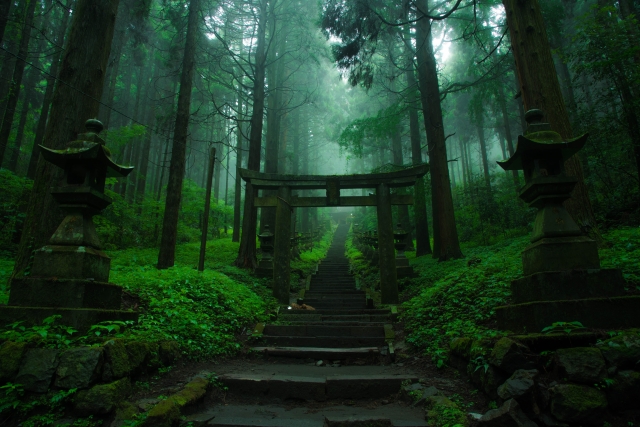
Shintoism in the present day
Until the end of WWⅡ, Shinto used to have a significant impact on various aspects of Japan. Despite the separation of politics and religion, it was practically regarded as an official religion, and also used as a powerful symbol to unite the whole country mentally during the war times.
Although Shinto has hugely lost its influence compared with the past, it doesn’t necessarily mean that people have also lost their respect for deities in nature. You can easily discover the elements of Shinto in a variety of situations. In Japan, people still live with customs based on Shinto unconsciously or not paying any attention to them. The worship of Shinto shaped matsuri, festivals all around Japan whose main purpose is praying for good harvest on each season; in spring, people hold festivals to pray for good harvest, in summer they pray for the protection from typhoon or natural disaster, and in autumn they appreciate the year’s harvest. These festival and celebrations people often look forward to in Japan are long-lasting traditions from Shinto.
Other customs like New Year’s decorations and Hatsumode, the annual events like Setsubun and a belief such as Yakudoshi are based on Shinto as well. Even though people don’t claim themselves as religious, it’s common to bring Omamori, a lucky charm, everywhere which was bought at shrines to protect themselves and wish for certain luck. As you see now, Shinto has shaped Japanese culture and philosophy in a long time and traditions are still alive in the present time.

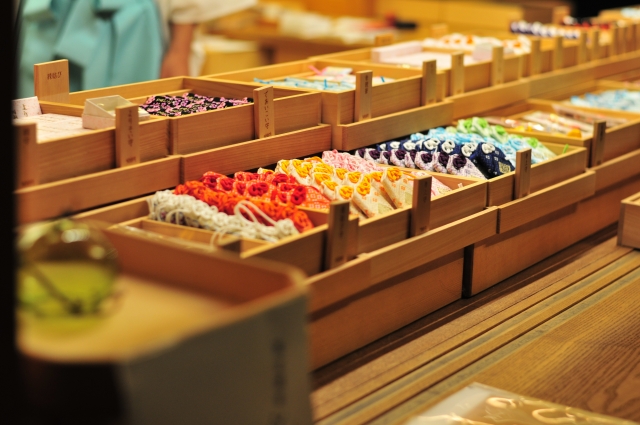
The elements of Shintoism in Ghibli films
You can learn the concept of Shinto from many Japanese films and Ghibli films are no exception. These are the two popular Ghibli films which were inspired by Shinto. Next time you watch these films or other films such as My Neighbor Totoro and Ponyo, carefully think about Shinto behind the characters. That will add an interesting taste to the films!
Princess Mononoke (もののけ姫)
It features a variety of imaginary characters which embody the deities of Shinto living in nature. The main theme of the film is “Nature and humans” and they beautifully follow the conflicts between them. Forest spirit, also called Shishigami and Night-Walker, is a deity of life and death in Princess Mononoke. Its appearance is similar to deer, and in Shintoism, deer is believed to be a messenger of god.
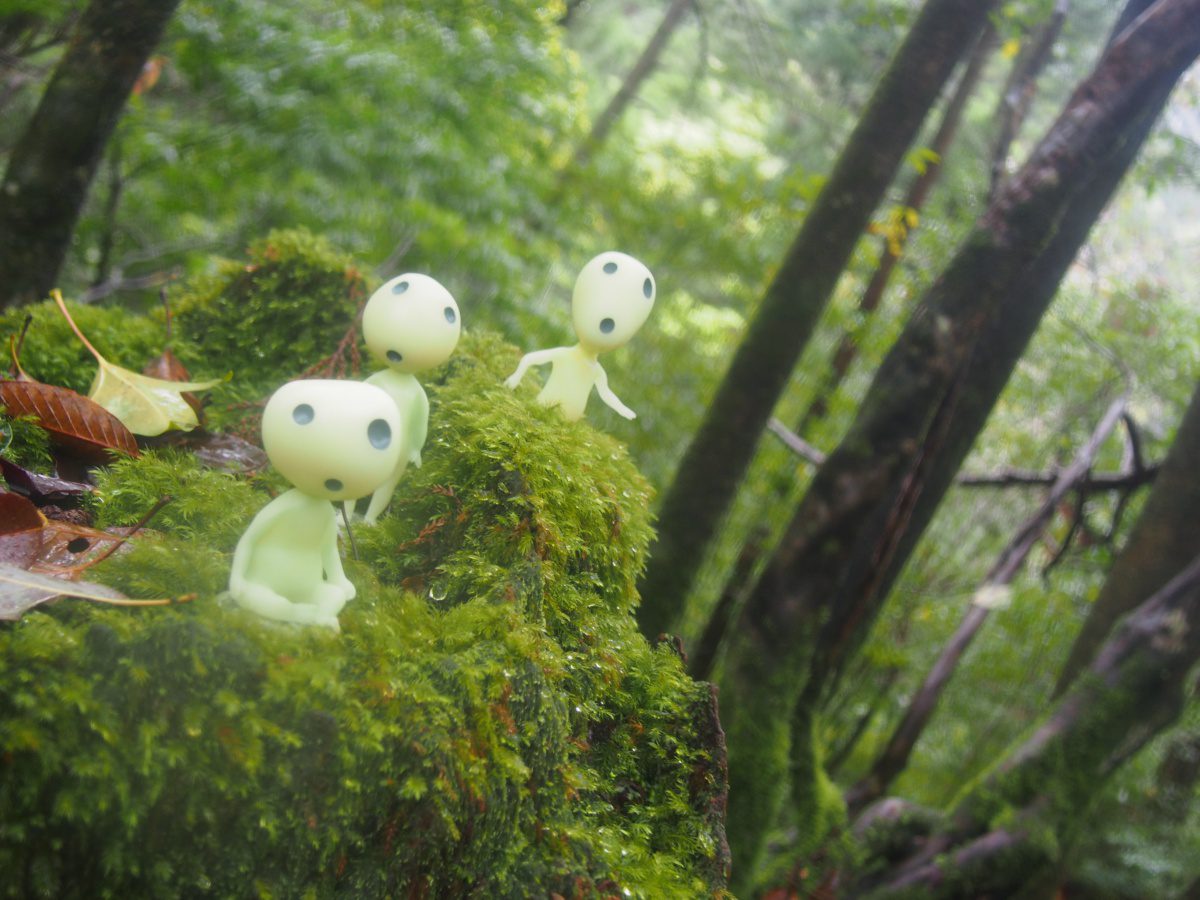
Spirited Away (千と千尋の神隠し)
Another famous Ghibli movie inspired by Shinto is Spirited Away, which tells the story of a 10-year-old girl Chihiro who wanders into a mysterious world to save her parents. At the bathhouse where Chihiro started work, she serves many different deities who are based on ancient eight-million gods (also known as “Yaoyorozu-no-kami” in Japanese) from Shinto. That literally indicates a number of various kinds of deities including not only related to natural phenomenon but deities of knowledge, love, business and so on.
Japan has a unique onsen (hot spring) culture which welcomes visitors and shows them kindness and hospitality. Bathhouse in Spirited Away is connected to that philosophy and culture as well.
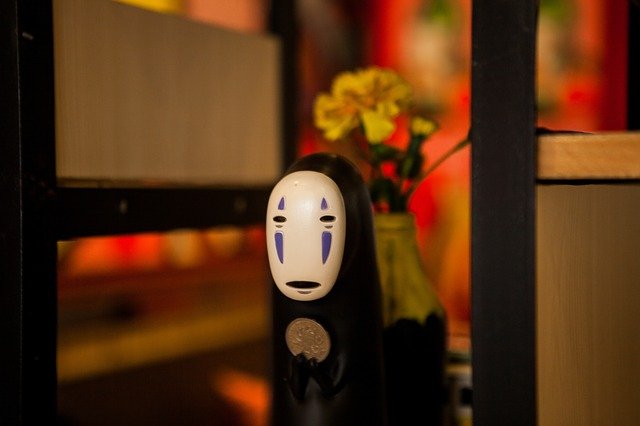
Also you might be interested in; 10 Ghibli Movie Locations in Japan
Shinto Shrines in Japan
Shinto shrines are the center of Shintoism, which enshrines Shinto gods. People believed everything around them embodies Shinto gods, and they started worship sacred mountains, rocks and waterfalls as deities. As time passed, people started to build buildings around them and that became shrines over time.
You can easily tell the difference between temples and shrines from whether the structure has Torii gates or not. Torii gates play a role as the entrance to the sacred area from “the human world”.
There are so many beautiful shrines in Japan where you can enjoy the scenic views, and to understand Shinto better, the quickest way is visiting shrines by yourself.
Don’t forget to learn how to pray at shrine and manners to follow before you visit there.
Shirahige Shrine (Shiga prefecture)
Widely known as the oldest Shinto shrine in the Omi area which is said to have a history of over 2,000 years. The scenery is often referred to as a “Itsukushima in Omi area”, as the Torii gate standing in Lake Biwa looks similarly with the world-famous tourist attraction Itsukushima Shrine in Hiroshima prefecture. Enjoy the breathtaking view created by the contrast of water and the sky which changes its color depending on time and season!
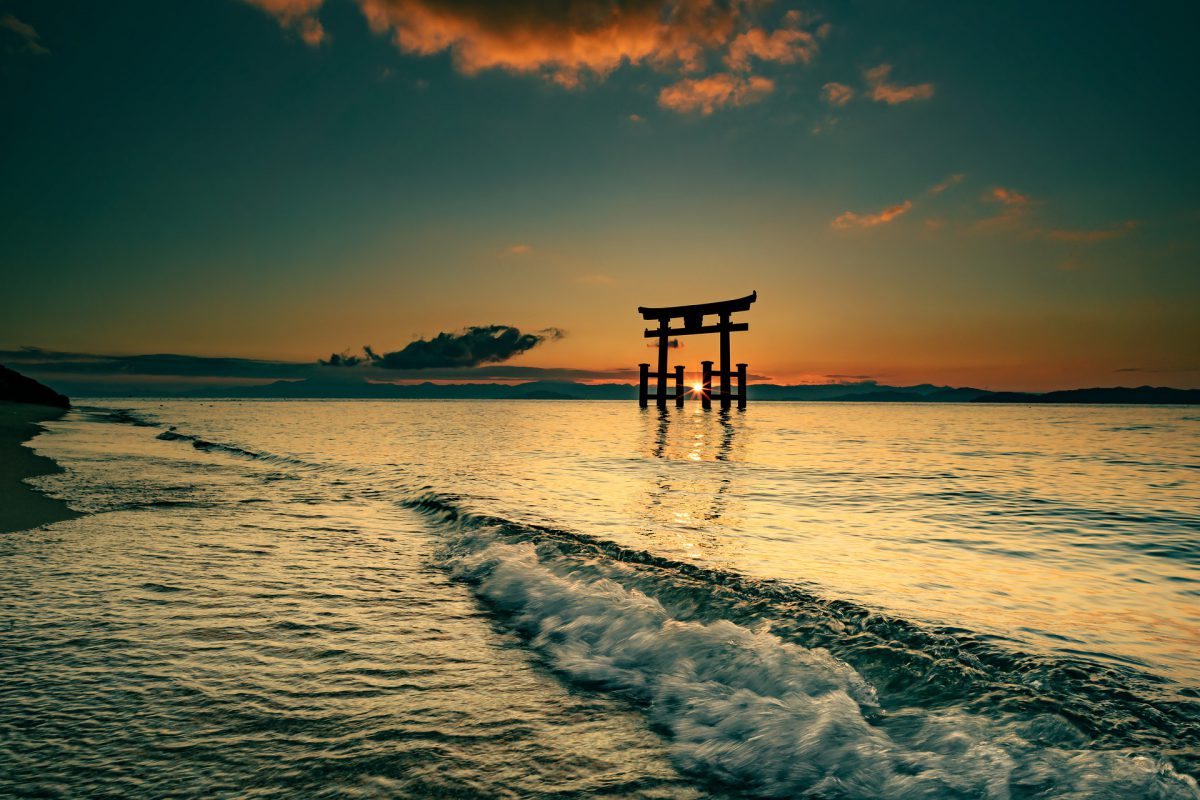
Hakone Shrine(Kanagawa prefecture)
The iconic ancient shrine in Hakone area which dates back to the 8th century. It has been visited by notable authorities throughout history, and still fascinates us with a stunning scenery created by the historic structure and Lake Ashinoko against a backdrop of Mt. Fuji!
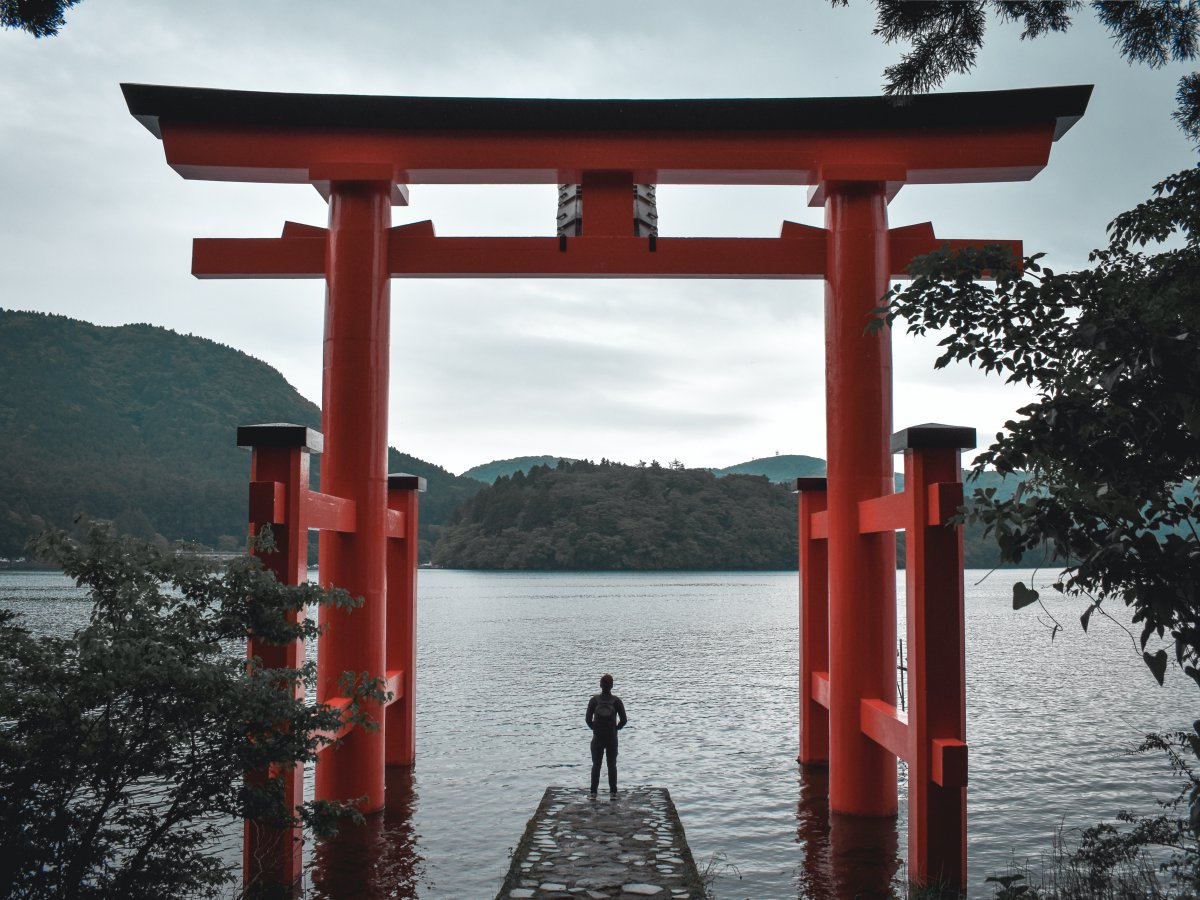
Izumo Taisha (Shimane prefecture)
Izumo Taisha is one of the most important Shinto shrines in Japan which attracts about 2 million people every year. It is believed that all the deities across Japan gather at the shrine every October in order to discuss how to bring good fortunes for romantic relationships to people. There are traditional rituals around that time and many people visit there to pray for their good relationships.
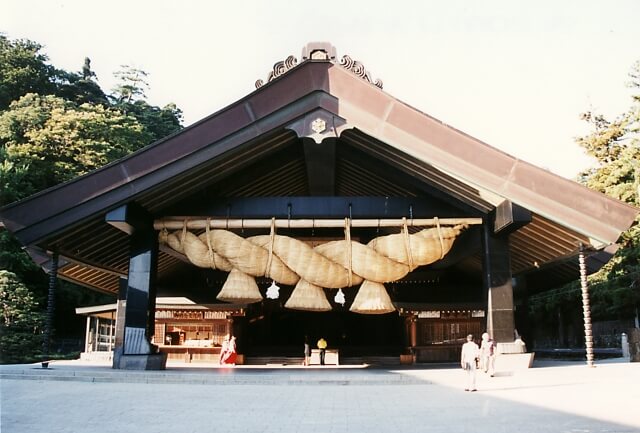
Ise Shrine (Mie prefecture)
Ise Shrine in Mie prefecture has a history of over 2,000 years. It is dedicated to Amaterasu-omikami (天照大御神), the sun goodness which appears in ancient Japanese mythology.
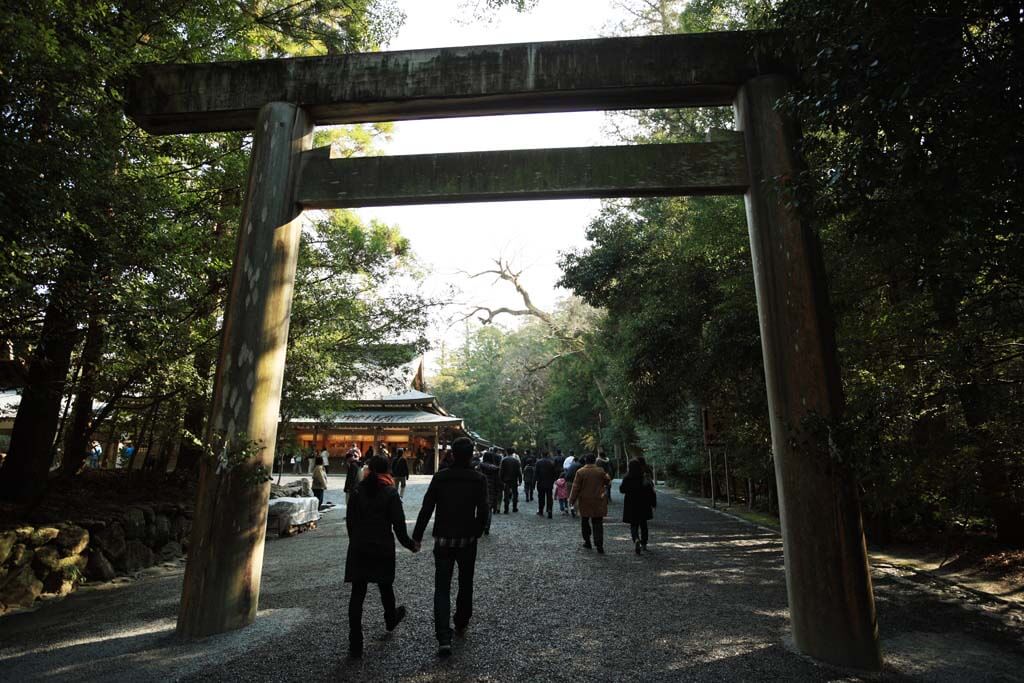
Kifune Shrine (Kyoto)
Kifune Shrine is a beautiful ancient shrine nestled in a peaceful valley area in the north part of Kyoto. Feel the sacred atmosphere as you walk up the impressive stairway through greenery forests! Perfect spot to enjoy a refreshing hike and have lunch at Kawadoko, a traditional Japanese cuisine served at lovely restaurants alongside the river.
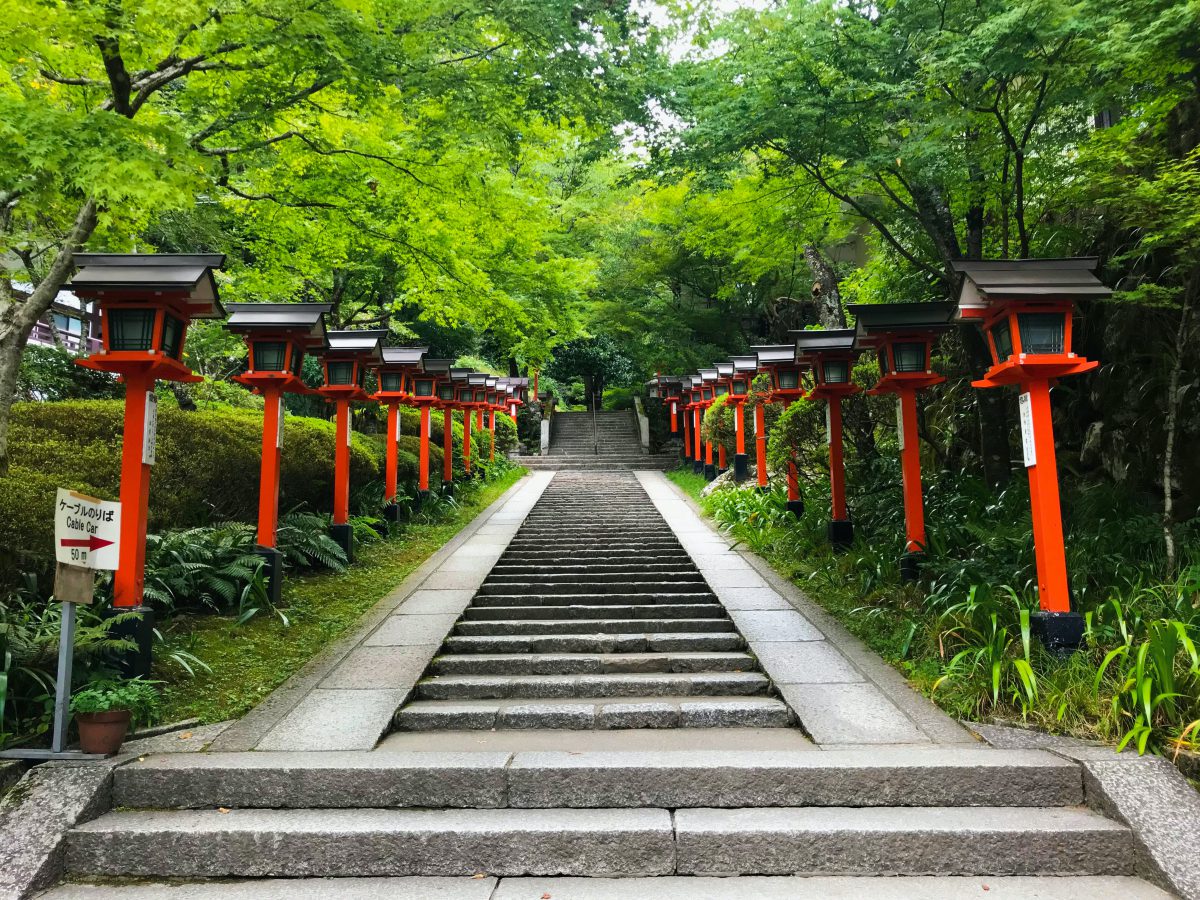
Japan Wonder Travel Tours
Japan Wonder Travel is a travel agency that offers guided tours throughout Japan.
From private walking tours to delicious Food and Drink tours, we can help you organize the best tours just for you! If you want to explore Japan and learn more about the history and backstories of each area you are visiting, our knowledgeable and friendly English speaking guides will happily take you to the best spots!
In addition, we can provide you with any assistance you may need for your upcoming trip to Japan, so please feel free to contact us if yu have any questions or need some help!
▶Tokyo Tsukiji Fish Market Food and Drink Tour
Explore the most lively and popular fish market in Tokyo and try some of the local’s favorite street foods and sake with one of our friendly and knowledgeable English speaking guides!

▶Tokyo 1–Day Highlights Private Walking Tour (8 Hours)
There’s no better way to explore an area than taking a tour with a knowledgeable local guide. You will have the chance to learn about the history and interesting background stories of Tokyo, as well as discover some hidden gems which can be hard to do without a guide.

▶Mt. Fuji Day Trip Bus Tour from Tokyo
Experience the breathtaking views of Mt. Fuji by visiting the highlights of the area on our guided sightseeing bus tour! Departing from Shinjuku in central Tokyo, you can travel comfortably to all of the best spots in the area by bus.

Follow us on Instagram, Facebook and Twitter for more travel inspiration. Or tag us to get featured!
Happy traveling!
Stay informed of the best travel tips to Japan, the most exciting things to do and see, and the top experiences to have with the Japan Wonder Travel Newsletter. Every week we will introduce you to our latest content.
Other articles you might like
